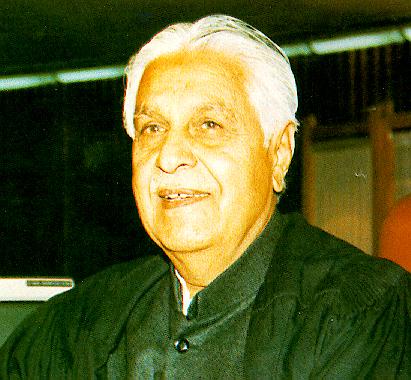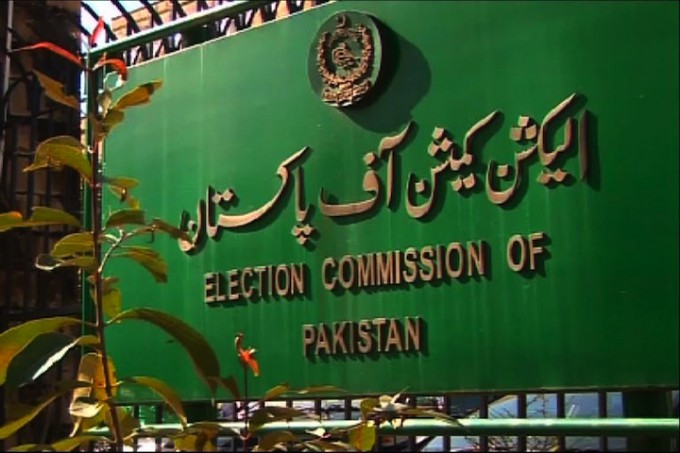- DW
- Yesterday
Fact check: Did cloud seeding cause the Dubai floods?
-
- DW
- Apr 20, 2024

WEB DESK: Heavy rainfall flooded large parts of the Arabian Peninsula this week, while images of the resulting chaos flooded social media. Are cloud seeding and climate change to blame for the deluge?
On Wednesday, the United Arab Emirates (UAE) witnessed the heaviest rainfall it had seen in 75 years. Some regions on the eastern edge of the Arabian Penisula reported more rainfall in a single day than they usually received in an entire year.
Read more: Fact check: who is better for the US economy, Biden or Trump?
In Dubai, the UAE’s most populous city, floods brought traffic to a halt, flights at Dubai International, one of the world’s busiest airports, were cancelled, and roofs collapsed under the sheer weight of the water.
Neighbouring Oman also experienced unprecedented amounts of rain, which resulted in the death of at least 20 people and extensive property damage.
Social media platforms are buzzing with theories regarding what could have caused such a catastrophic downpour.
Claim: “Cloud seeding (…) goes wrong,” wrote one user on X, formerly Twitter. An Instagram account even asked whether cloud seeding could have caused the floods in Dubai, or at least worsened them. Many users seem to believe the answer is “yes.”
DW fact check: False.
Cloud seeding is a weather modification technique used to induce rainfall. Often aircraft are used to disperse substances such as certain insoluble salts into the air, to attract moisture that then falls to the ground in droplets. It’s frequently used around the world to bring about rain in arid areas or to prevent the buildup of hail.
Satellite images show massive storm clouds gathering over the southeastern tip of the Arabian Peninsula in the days running up to the heavy rainfall. The cloud formations would thus have set the stage for cloud seeding if this was used.
The National Center of Meteorology (NCM) in Abu Dhabi, the capital of the UAE, has conducted research into cloud seeding technologies since the late 1990s. The desert nation employs cloud seeding to increase precipitation and, by extension, the amount of available freshwater.
The US news agency Bloomberg initially reported that cloud seeding by the NCM had intensified the rainfall, but UAE officials denied taking any such measures. DW contacted the NCM, but had not received a response by the time this article was published.
However, a response did come from a research team at the University of Hohenheim in southern Germany, which currently has a joint project with the NCM. Team member and meteorologist Oliver Branch wrote that he was unaware of any cloud seeding operations earlier in the week.
He added that it was completely unrealistic to imagine that cloud seeding could produce such heavy rainfall. “The probability of a connection between cloud seeding activity and the flooding in Dubai is close to zero.”
Various media outlets, including Bloomberg, cited similar opinions by experts.
Is global warming amplifying extreme weather patterns?
Claim: One social media user wrote on X that “[t]he effects of global warming and climate change [are] alarming and won’t spare any city.” Another user put it more pointedly: “THIS is the man made #climatechange.”
DW fact check: It’s complicated.
Most climate scientists do see a link between climate change and heavy rainfall. “In many cases, global warming does play a role in extreme weather patterns,” Friederike Otto, a climatologist at Imperial College London, told DW a while back.
Asked about the recent events in Dubai, she told the news agency AFP that global warming had “highly likely” made the rain heavier and more destructive.
There’s a simple explanation for this: The warmer the air is, the more moisture it can absorb. That’s why it rains more heavily in tropical latitudes than in does in temperate zones such as Germany. In Central Europe, rainfall is much heavier in the summertime than around the new year.
Read more: FACT CHECK: Javed Akhtar Khan Lund was never declared the winner on NA-184 or PP-286
Many climatologists agree that global warming is making extreme weather events more frequent, and more severe but like Sjoukje Philip, a climate scientist at the Royal Netherlands Meteorological Institute, many point out that “extreme weather has always existed, and will always exist.”
False claims regarding global warming and cloud seeding often arise when heavy rainfall leads to flooding, especially in regions that are more accustomed to droughts than floods, such as California, Australia, or Turkey.




